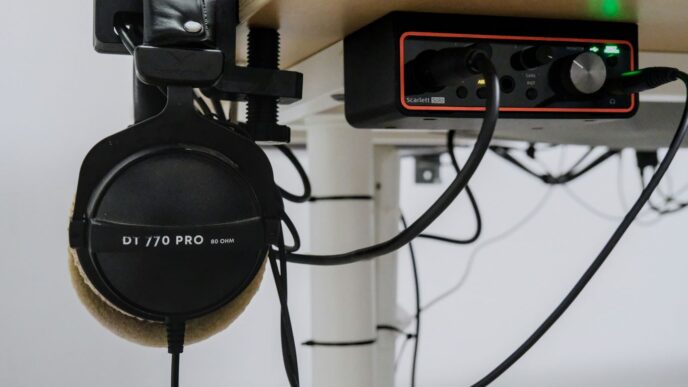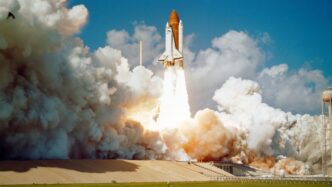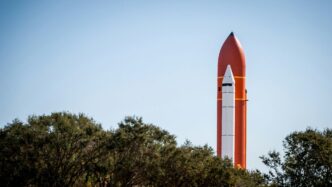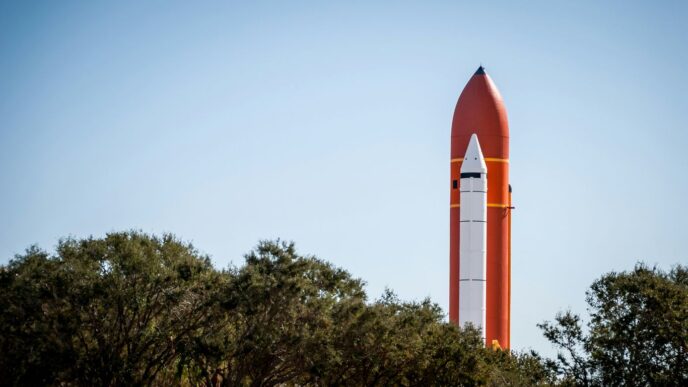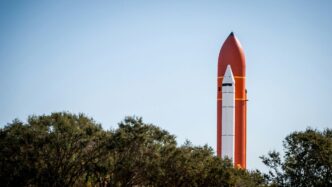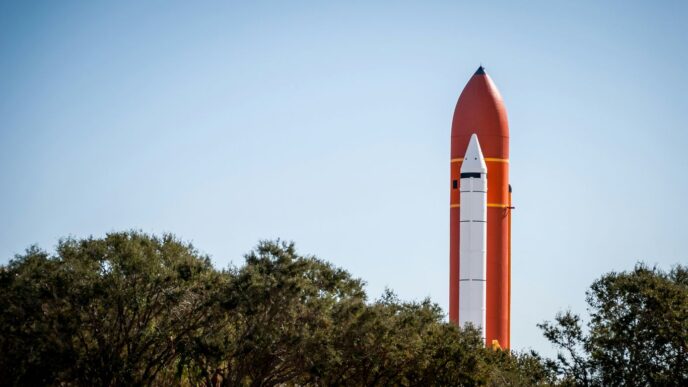As NASA marks 55 years since the historic Apollo 11 lunar landing, it is also advancing new navigation technologies for its Artemis program. A significant part of this initiative is the Lunar GNSS Receiver Experiment (LuGRE), a collaborative effort with the Italian Space Agency aimed at demonstrating the use of existing Global Navigation Satellite System (GNSS) signals for lunar positioning, navigation, and timing.
Key Takeaways
- LuGRE Payload: A joint NASA and Italian Space Agency project to test GNSS signals on the Moon.
- Mission Goals: To acquire and track signals from U.S. GPS and EU Galileo constellations during lunar transit and on the surface.
- Technological Milestone: If successful, LuGRE will reduce reliance on Earth-based navigation systems for lunar missions.
The LuGRE payload will be part of an upcoming delivery to the Moon under NASA’s Commercial Lunar Payload Services (CLPS) initiative. It aims to demonstrate the capability of acquiring and tracking GNSS signals during various phases of the mission: during transit to the Moon, in lunar orbit, and for up to two weeks on the lunar surface.
This experiment represents one of the first attempts to utilize GNSS signal reception and navigation on and around the Moon, marking a crucial step in how future lunar missions will access navigation technology. If successful, LuGRE could significantly enhance the navigation capabilities of spacecraft, allowing them to utilize signals from existing GNSS satellites even at lunar distances.
Importance of GNSS Technology
GNSS constellations are vital for numerous services on Earth, including:
- Navigation: Essential for transportation and logistics.
- Banking: Synchronization of transactions.
- Power Grid: Coordination of energy distribution.
- Telecommunications: Supporting cellular networks.
Historically, near-Earth missions have relied on GNSS signals to determine critical operational information such as location, velocity, and time. The 2019 Magnetospheric Multiscale (MMS) mission set a record for the farthest GPS signal acquisition at 116,300 miles from Earth, nearly half the distance to the Moon. The LuGRE experiment aims to double that distance, showcasing the potential of GNSS technology in space exploration.
Future Implications
Kevin Coggins, NASA’s deputy associate administrator, emphasized the importance of this technology, stating, "GPS makes our lives safer and more viable here on Earth. As we seek to extend humanity beyond our home planet, LuGRE should confirm that this extraordinary technology can do the same for us on the Moon."
Reliable communication and navigation systems are crucial for all NASA missions, ensuring vital connections between space and Earth for both crewed and uncrewed missions. NASA’s Near Space and Deep Space Networks utilize a combination of government and commercial assets to support various missions across the solar system.
Joel Parker, policy lead for positioning, navigation, and timing at NASA’s Goddard Space Flight Center, noted, "This mission is more than a technological milestone. We want to enable more and better missions to the Moon for the benefit of everyone, and we want to do it together with our international partners."






